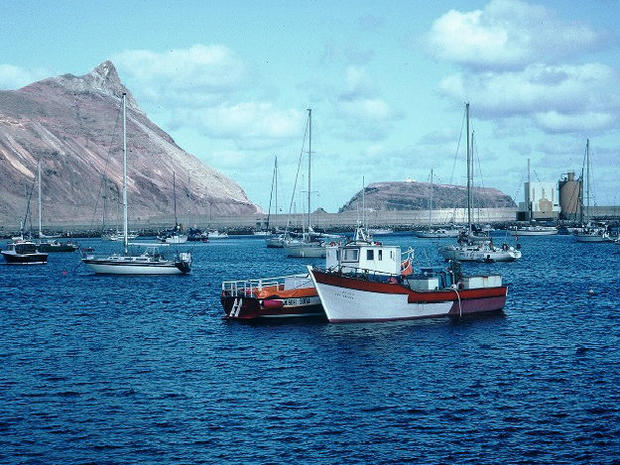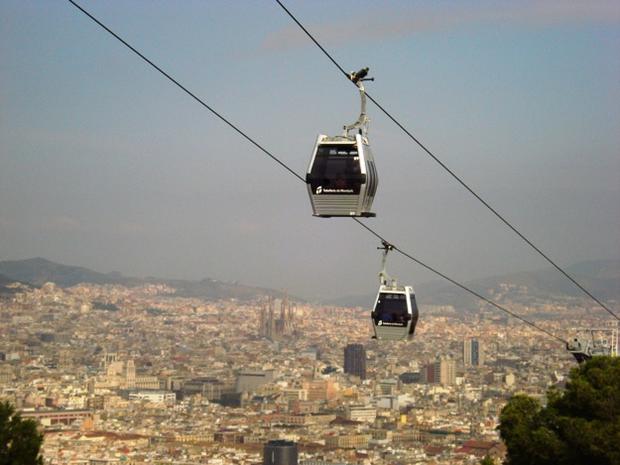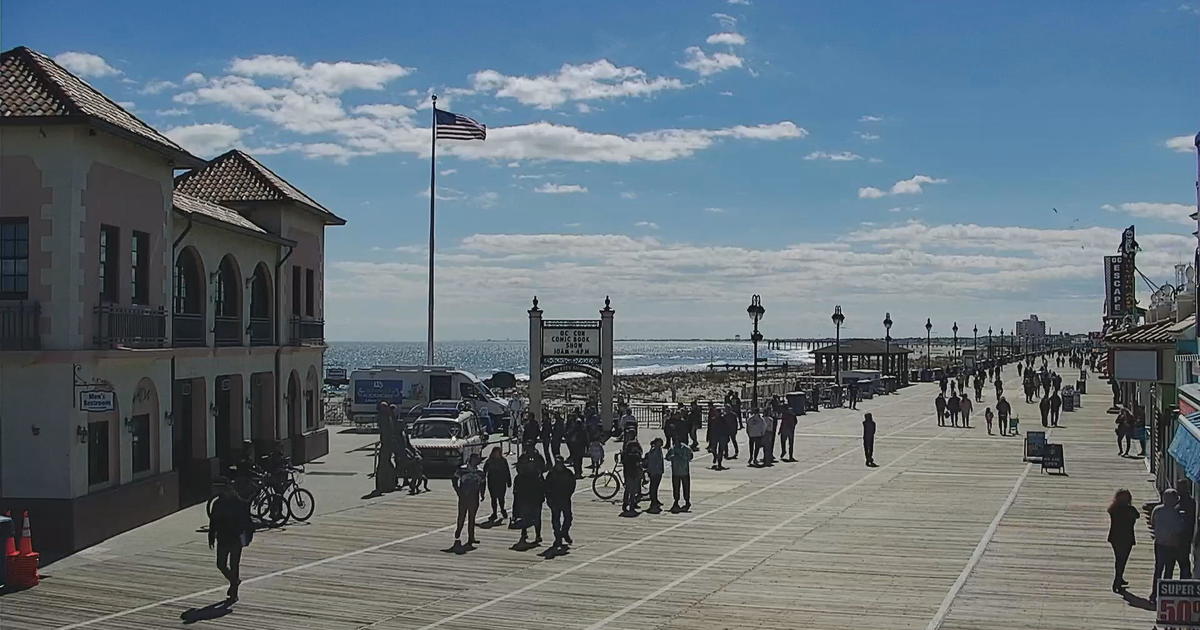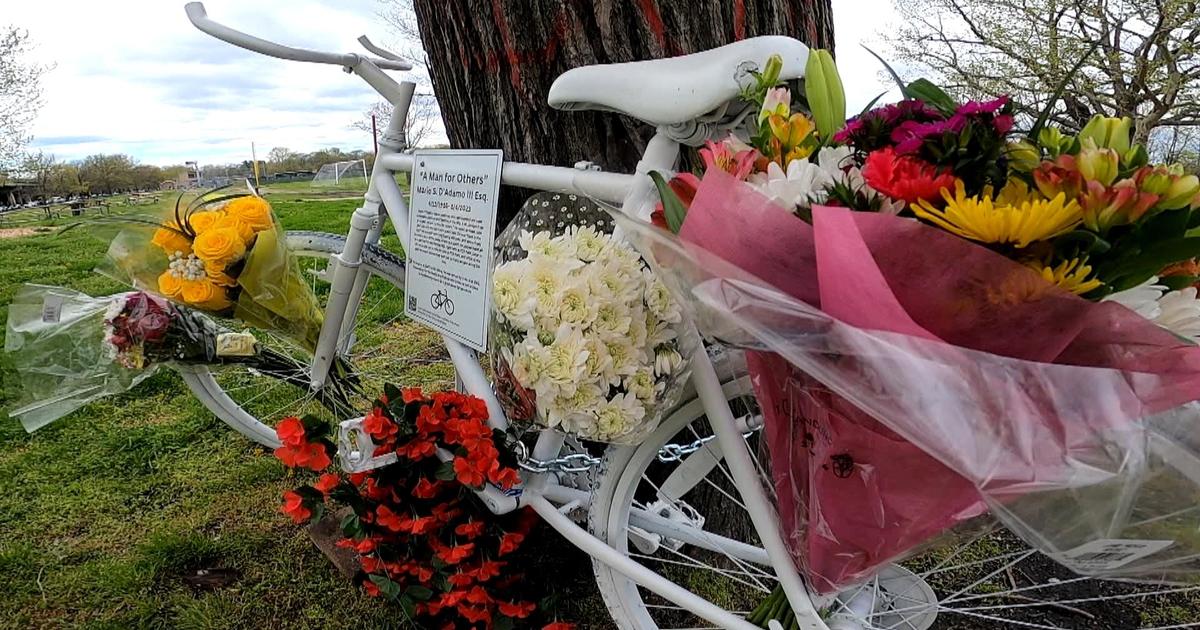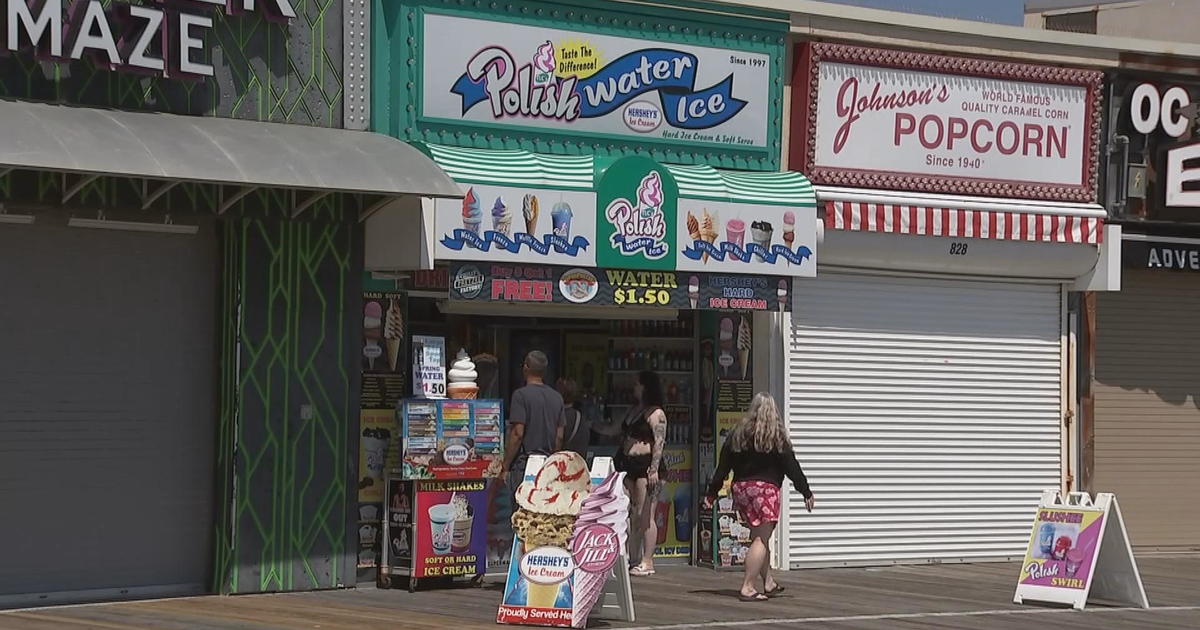Getaway: Columbus Day Escapes
Columbus was (and still is) a man of mystery. Did he hatch the idea of gold-laden lands to the west, or did he get a hot tip? Was he trying to find a home for the Jews of Spain, who were displaced by the Inquisition, or was he merely seeking wealth? Did he not know or care that he was sailing in "Hurricane Season"?
These are things to ponder this Columbus Day, along with a getaway to places associated with the "Admiral of the Ocean Sea." After years of visiting Columbus related sites, here are some of my favorite spots. – Jay Lloyd
PORTO SANTO, MADEIRA ISLANDS, PORTUGAL
Approached from the sea, Porto Santo resembles a volcanic outcropping rising from Atlantic waters. But once inside the sheltered harbor, a colorful fleet of small boats reveals a land that lives on the sea. Portuguese seafood restaurants crowd the shoreline. Visitors come here for the beaches; some say the sand has healing power. But history buffs pore through papers and artifacts in a museum, believed to be the 15th century home of Christopher Columbus and his wife, a daughter of the island's governor. It was here, after arriving under sail, that I first heard a story that suggests Columbus had befriended a dying Portuguese navigator who told him of lands to the west. That, according to local lore, was the spark leading to the celebrated "Voyage of Discovery."
One thing to know before you go: Porto Santo, located off the coast of Morocco, isn't easy to reach. You have to fly via TAP Portuguese Airlines from London or Lisbon, then take a fast ferry or commuter flight from Madeira.
Columbus was a bit miffed about his departure from Spain. He was sailing from the sleepy port of Palos on the Andalusian coast, well out of the limelight. He would have preferred Cádiz, a booming port city to the east.
Since Columbus' time, Palos hasn't changed much. The Church of San Jorge, where Columbus and his crew worshipped before sailing, is still functioning. Behind the church you can see the 13th century Roman wells that watered the tiny ships. Nearby, a monastery at La Rabida houses the room where Columbus met with representatives of Queen Isabella and King Ferdinand to seal his commission. The walls here are hung with images of Columbus, but none look alike because Columbus never sat for a portrait. The Columbus statue, a 1928 gift from America, dominates the waterfront. If you visit, stop at the nearby city of Huelva for great paella. Then try to score one of the colorful bullfighting posters that plaster the town.
VIRGIN GORDA, BRITISH VIRGIN ISLANDS
It was Christopher Columbus who named the Virgin Islands. Don't ask -- it's a mythology yarn involving 11,000 seagoing virgins. Apparently, from the sea, Virgin Gorda looked to the Admiral like a plumb reclining woman. The rounded boulders that rise over a pristine string of beaches, known as the Baths, formed the place's rotund appearance.
Today, a short taxi ride from the main port of Spanish Town to the Top of the Baths puts you in a restaurant with one of the most spectacular views in the Caribbean. It opens a vista on all the nearby U.S. and British Virgin Islands. The harbor and the Bitter End Yacht Club are yacht magnets, while resorts blend water sports and luxury, and the town offers nightlife and a laidback environment. The island can be reached by flights from Philadelphia to St. Thomas or Puerto Rico and a variety of connections by ferry or air commuter to Virgin Gorda. Many visitors prefer to charter a boat in Tortola or St. Thomas and make a stop while cruising through the island chain.
When Columbus arrived back in Spain, it wasn't easy to tell the royals of his dramatic voyage of discovery or its potential wealth and glory for the crown. Isabella and Ferdinand weren't in Sevilla, where he expected to find them. He had to schlep to Barcelona on the Mediterranean, a journey that was not short in the 15th century. A towering pillar, topped by a statue of Columbus pointing to sea, marks the spot where he finally made his report. The column also marks the beginning of Spain's most colorful street, La Rambla. It's a broad boulevard packed with shops, street entertainers, mimes, restaurants, bars and all the hubbub of a carnival. Midway is La Boqueria, a fabled public market of eye-filling dimensions. Sophisticates call it "touristy." I always found it fun. Must-see things to do in Barcelona include visiting Montjuïc, a mountain top vista reached by cable car or the more traditional funicular and bus, and going to a beach café for coffee or a drink. Visiting the dramatically unique architectural creations of Antoni Gaudí, including the hilltop Güell Park, is also on the list. Public transportation is excellent in Barcelona and the tapas can't be topped. U.S. Airways flies direct and British Air flies with a London connection to Barcelona from Philadelphia.
Fun facts: Columbus sailed in summer and didn't encounter a hurricane till his fourth voyage. There has also been a long-standing bit of speculation that Columbus had been directed by the Queen's treasurer, who bankrolled his first voyage, to find a home for Jews being exiled from Spain by the Inquisition. To date, it's still just speculation.
Enjoy Columbus Day!
